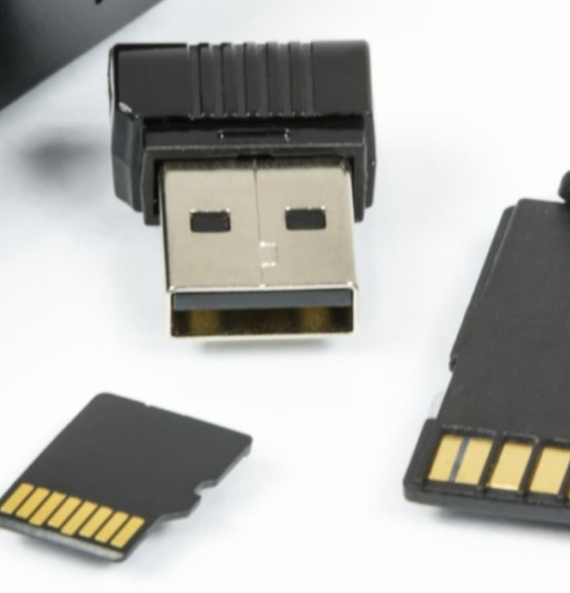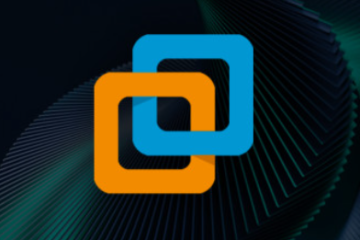Exploring 10 Key Primary Storage Devices in Computers

When using a computer, we often overlook the crucial role of storage devices in keeping our systems running smoothly. However, primary storage devices play an essential part in ensuring quick access to data, enabling efficient performance. In this blog, we’ll explore 10 examples of primary storage devices that allow your computer to store and process information effectively.
What Are Primary Storage Devices?
Primary storage devices are integral to the operation of a computer. They store data temporarily, allowing the system to quickly retrieve and manipulate that data. These devices help run applications, manage active data, and boost performance. Without them, your computer would struggle with slow speeds and inefficiency.
Here are 10 examples of primary storage devices:
-
RAM (Random Access Memory)
-
ROM (Read-Only Memory)
-
Cache Memory
-
Registers
-
CPU Internal Memory
-
DRAM (Dynamic RAM)
-
SRAM (Static RAM)
-
Flash Memory
-
EEPROM (Electrically Erasable Programmable Read-Only Memory)
-
NVRAM (Non-Volatile RAM)
RAM (Random Access Memory)
RAM is one of the most well-known primary storage devices. It temporarily stores data that the computer is actively using, ensuring that programs run smoothly. The more RAM your system has, the better it performs, especially when multitasking.
Key Features:
-
Stores active data for fast access.
-
Data is lost when the computer shuts down.
-
More RAM allows for better multitasking and smoother operations.
ROM (Read-Only Memory)
ROM holds essential instructions that allow your computer to boot up. Unlike RAM, ROM retains its data even when the system is turned off, making it crucial for system stability.
Key Features:
-
Contains startup instructions for the computer.
-
Does not lose data when powered off.
-
Data is generally unchangeable.
Cache Memory
Cache memory is a high-speed storage that stores frequently used data for quick access. It’s smaller than RAM but faster, allowing the CPU to perform tasks more efficiently.
Key Features:
-
Works faster than RAM.
-
Stores frequently used data to reduce delays.
-
Smaller storage capacity than RAM.
Registers
Registers are small, fast storage units located within the CPU. They hold data that the CPU needs right away, improving processing speeds.
Key Features:
-
Stores data for immediate CPU use.
-
Works faster than RAM.
-
Essential for executing instructions quickly.
CPU Internal Memory
This type of memory is built into the CPU itself and is used to store instructions for quick access. It plays a key role in ensuring that the CPU functions at optimal speed.
Key Features:
-
Stores instructions needed by the CPU.
-
Faster than RAM.
-
Loses data when power is turned off.
DRAM (Dynamic RAM)
DRAM is a type of memory that temporarily stores data but needs to be refreshed constantly to retain that information. It is slower than some other types of memory but is more affordable.
Key Features:
-
Needs frequent refreshing.
-
Loses data when the computer is powered off.
-
Used in many devices for temporary storage.
SRAM (Static RAM)
SRAM is faster than DRAM and doesn’t need to be refreshed. It stores data as long as the power is on, and it’s commonly used in cache memory.
Key Features:
-
Provides fast data access.
-
Does not require refreshing.
-
More expensive than DRAM but offers faster speeds.
Flash Memory
Flash memory is a non-volatile storage that retains data even without power. It’s commonly used in devices like USB drives and SSDs due to its reliability and speed.
Key Features:
-
Retains data without power.
-
Offers quick data access.
-
Found in USB drives, SSDs, and memory cards.
EEPROM (Electrically Erasable Programmable Read-Only Memory)
EEPROM is used for storing firmware and other system instructions. It retains data without power and can be reprogrammed electrically, making it versatile for use in embedded systems.
Key Features:
-
Retains data even when powered off.
-
Stores critical system instructions.
-
Common in embedded devices like printers and routers.
NVRAM (Non-Volatile RAM)
NVRAM is used for storing critical system data that needs to be preserved even when the power is turned off. It offers quick access to this information, ensuring smooth device operation.
Key Features:
-
Retains data without power.
-
Stores important system information.
-
Provides quick access to saved data.
Conclusion
Primary storage devices are essential for the smooth operation of your computer. From RAM, which helps with multitasking, to ROM, which ensures your system boots up correctly, these devices keep your data readily accessible for the tasks at hand. Choosing the right primary storage device for your needs will significantly impact your system’s performance and efficiency.









